What to Grow in July UK: Your Complete Planting Guide for Summer Success
July is a crucial month for UK gardeners - discover what to grow now for autumn harvests and fresh winter vegetables. From quick salads to hardy brassicas, our complete guide reveals the best crops to plant this month for year-round garden productivity.
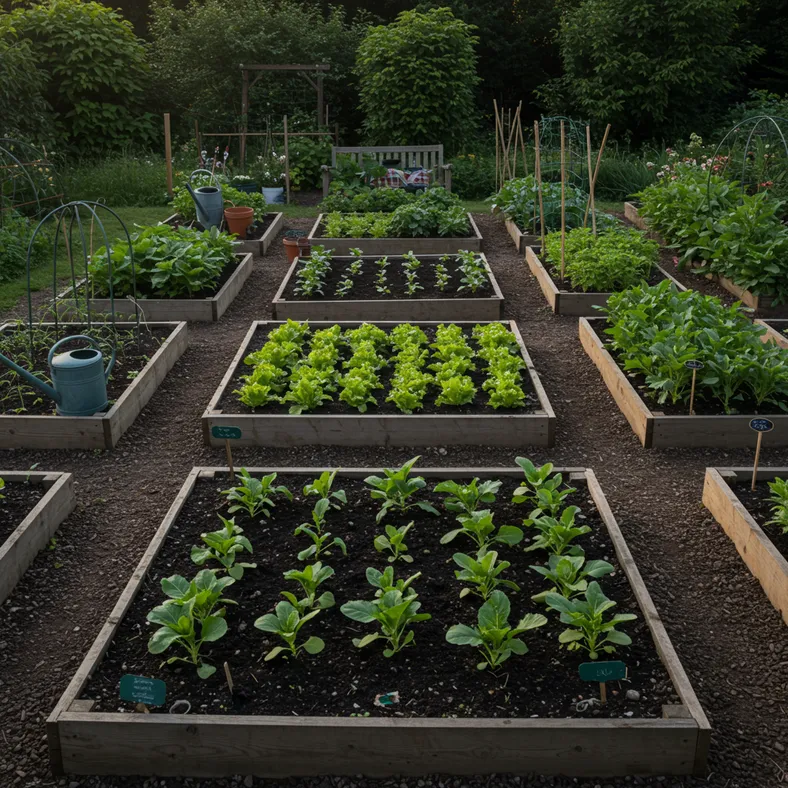
- Why July is Crucial for UK Vegetable Gardens
- Quick Growing Crops for Immediate Results
- Winter Brassicas - The Foundation of Cold Season Growing
- Root Vegetables for Autumn and Winter Storage
- Oriental Vegetables and Specialty Crops
- Essential July Planting Techniques
- Month-by-Month Harvest Timeline
- Troubleshooting Common July Growing Problems
- Planning Your Succession Planting Strategy
July marks a pivotal moment in the UK gardening calendar - while many gardeners are enjoying their summer harvests, the savvy ones are already planning and planting for autumn and winter abundance. This month offers incredible opportunities to sow crops that will provide fresh vegetables when shop prices soar and garden centres empty their shelves.
From quick-growing salads that'll be ready in weeks to hardy winter brassicas that'll brave the coldest months, July planting ensures your garden works harder for longer. Whether you're a seasoned gardener or just getting started, this comprehensive guide reveals exactly what to grow in July UK for maximum garden productivity year-round.
Why July is Crucial for UK Vegetable Gardens

July might seem like the height of summer relaxation, but for productive gardeners, it's one of the busiest months of the year. The key to year-round fresh vegetables lies in understanding succession planting and winter crop timing.
Many winter vegetables need a long growing season to develop properly. Brassicas like cabbages, kale, and Brussels sprouts sown now will have time to establish strong root systems before winter arrives. Meanwhile, quick-growing crops can fill gaps left by early summer harvests.
The warm soil temperatures in July provide ideal germination conditions, while there's still enough growing season ahead for crops to mature. Miss this window, and you'll be relying on expensive supermarket vegetables through the colder months.
Temperature and Timing Considerations
Soil temperatures in July typically range from 15-20°C, perfect for most vegetable seeds. However, some crops prefer the gradually cooling temperatures that come later in the season, making July the sweet spot for sowing.
Day length is also crucial - while still long enough to promote growth, the gradually shortening days signal to many plants that it's time to start bulking up rather than just producing leaves.
Quick Growing Crops for Immediate Results

If you're looking for quick satisfaction from your July planting efforts, these fast-growing crops will reward you with harvests in just weeks.
Radishes - Ready in 3-4 Weeks
Radishes are the ultimate instant gratification crop. Varieties like 'French Breakfast' and 'Cherry Belle' can be harvested in as little as 25 days from sowing. The complete guide to growing radishes in July covers the best varieties and techniques for summer sowings.
For variety, try the colourful Garden Radish Round Mixed Seeds which includes red, white, and purple varieties that add visual interest to salads while providing that distinctive peppery crunch.
Little Gem Lettuce - 6-8 Weeks
Perfect for small gardens, Little Gem lettuce forms compact hearts that are ideal for single servings. The Little Gem Lettuce Seeds are particularly reliable for summer sowings.
French Beans - 8-10 Weeks
Dwarf French beans are perfect for containers and small spaces. The Garden Dwarf French Bean Opera Seeds are a reliable variety that produces tender, stringless pods perfect for picking young.
Winter Brassicas - The Foundation of Cold Season Growing
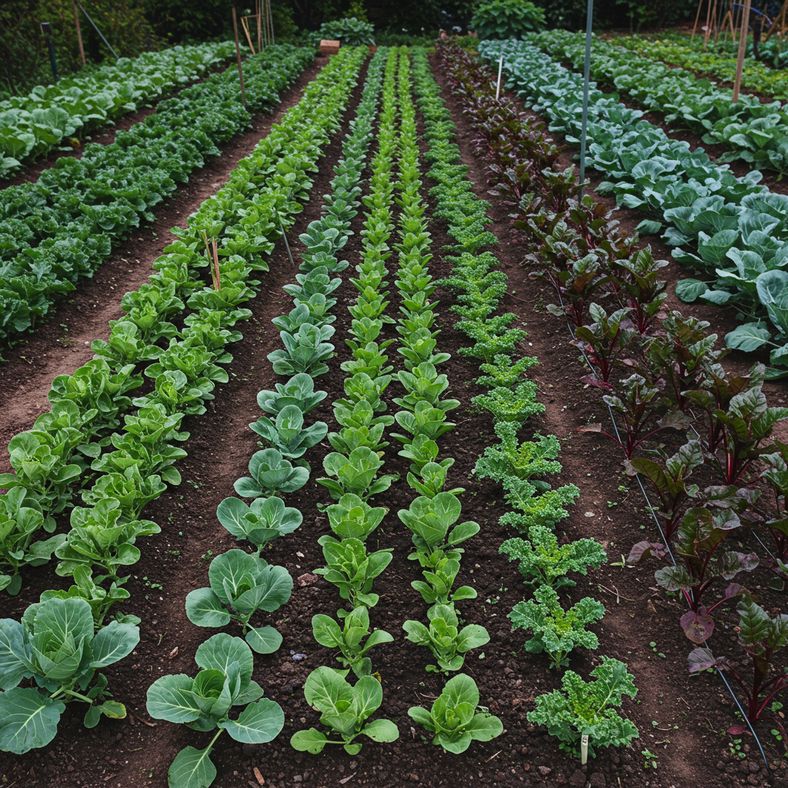
July is absolutely crucial for establishing winter brassicas. These hardy vegetables will provide fresh greens when little else is growing, but they need the full growing season to develop properly.
Winter Cabbages
Winter cabbage varieties sown in July will form substantial heads by autumn and continue through winter. Our detailed winter cabbage growing guide covers the best varieties for UK conditions.
For reliable results, try the Garden Cabbage Savoy Vertus Seeds - this variety is particularly hardy and produces beautiful crinkled leaves that add texture to winter meals.
Kale for Winter Harvests
Kale is perhaps the hardiest of all winter vegetables, capable of surviving temperatures as low as -15°C. The complete winter kale guide reveals which varieties perform best in British winters.
The Kale - Nero DI Toscana - Black Tuscan seeds produce the famous cavolo nero with its distinctive dark, textured leaves that actually improve in flavour after frost.
Swiss Chard for Continuous Harvest
Swiss chard planted in July will provide harvests well into the following spring. Learn the secrets of success with our comprehensive Swiss chard guide.
The Swiss Chard 'White Silver' Seeds produce stunning white-stemmed plants that are as ornamental as they are delicious.
Root Vegetables for Autumn and Winter Storage
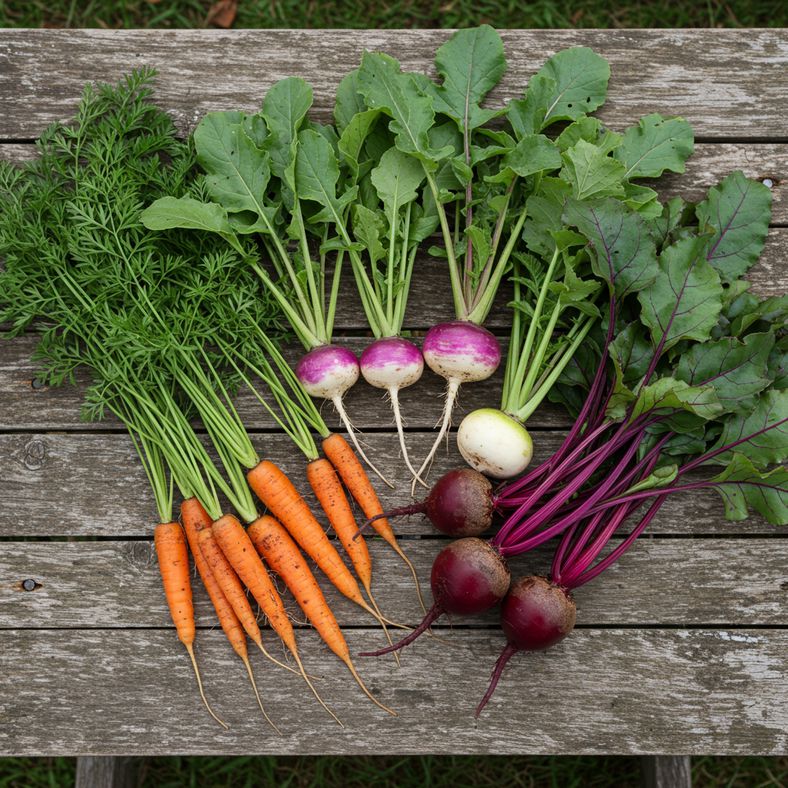
July sowings of root vegetables will provide fresh produce well into winter and beyond. These crops store well and provide essential nutrition during the lean months.
Autumn Carrots
Carrots sown in July will size up perfectly for autumn harvest and winter storage. The autumn carrot growing guide details the best varieties and growing techniques.
For reliable, large roots perfect for winter storage, the Carrot Autumn King Fresh Vegetable Seeds are hard to beat. This variety produces substantial, sweet roots that store well.
Turnips for Quick Results
Turnips are wonderfully versatile - both the roots and tops are edible, and they're ready surprisingly quickly. Our turnip growing guide covers everything you need to know.
The Garden Turnip Purple Top White Globe Fresh Vegetable Seeds are a classic variety that's been grown in British gardens for generations.
Perpetual Spinach
Despite its name, perpetual spinach is actually a form of beetroot grown for its leaves. July sowings will provide pickings right through winter and into the following spring. Learn more in our perpetual spinach guide.
The Garden Spinach Beet Perpetual Fresh Vegetable Seeds are incredibly reliable and will keep producing leaves even in harsh weather.
Oriental Vegetables and Specialty Crops

July is perfect for sowing oriental vegetables that thrive in the cooler conditions of autumn and early winter. These crops add variety to your winter diet and are often expensive to buy.
Pak Choi for Autumn Harvests
Pak choi (or bok choy) is incredibly fast-growing and perfect for stir-fries and soups. The trick is choosing bolt-resistant varieties for summer sowings. Our pak choi growing guide covers the essential techniques.
Florence Fennel
Florence fennel forms beautiful white bulbs with an aniseed flavour that's perfect for roasting or eating raw in salads. July sowings avoid the bolting problems of earlier plantings. Learn more in our Florence fennel guide.
For reliable bulb formation, try the Florence fennel seeds which are selected for their bolt resistance and bulbing ability.
Winter Lettuce Varieties
Not all lettuce is created equal when it comes to winter growing. Specific winter varieties can withstand frost and provide fresh leaves when outdoor growing seems impossible. Our winter lettuce guide reveals the hardiest varieties.
Essential July Planting Techniques
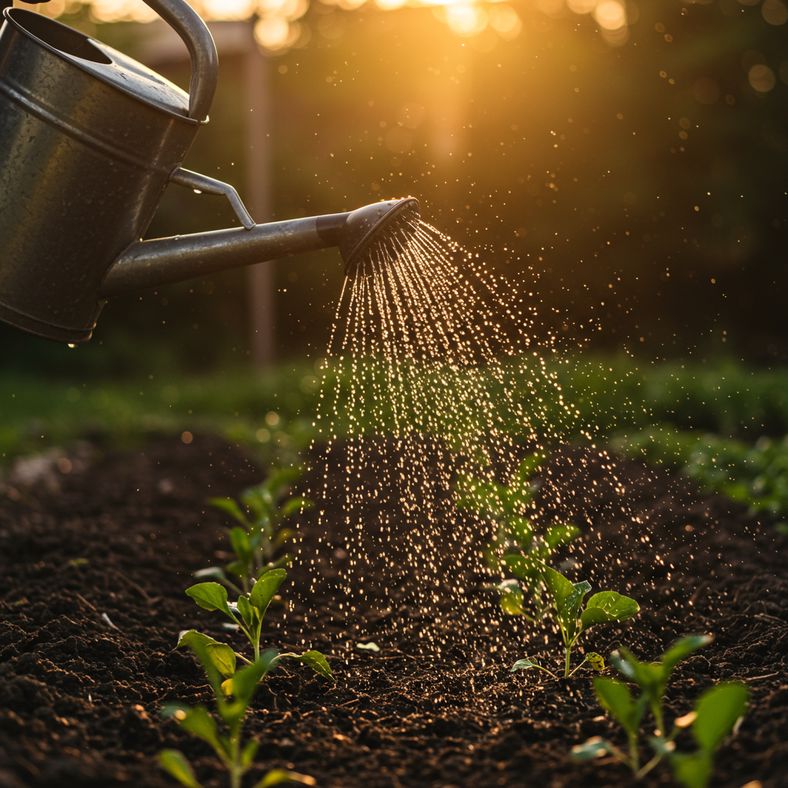
Success with July sowings depends on getting the basics right. The warm weather and potential for drought create specific challenges that need addressing.
Soil Preparation
July soil can be dry and compacted from summer heat. Before sowing, ensure your soil is well-watered and has good structure. Add compost or well-rotted manure to improve moisture retention and provide nutrition for your crops.
Watering Strategies
Consistent moisture is crucial for seed germination and establishment. Water in the early morning or evening to reduce evaporation. Consider installing soaker hoses or drip irrigation for efficient watering.
Protection from Heat
Young seedlings can struggle in intense summer heat. Use shade cloth or position seed beds where they'll get morning sun but afternoon shade. This is particularly important for lettuce and other cool-season crops.
Pest Management
July sowings can be vulnerable to specific pests like flea beetles on brassicas and carrot fly on umbellifers. Use fine mesh or fleece to protect young plants, and consider companion planting with herbs like basil and mint.
Quality tools make all the difference for precise sowing and plant care. The JiveSnip Premium Titanium Garden Secateurs are perfect for harvesting and plant maintenance - their sharp, precise blades make clean cuts that promote plant health.
Month-by-Month Harvest Timeline
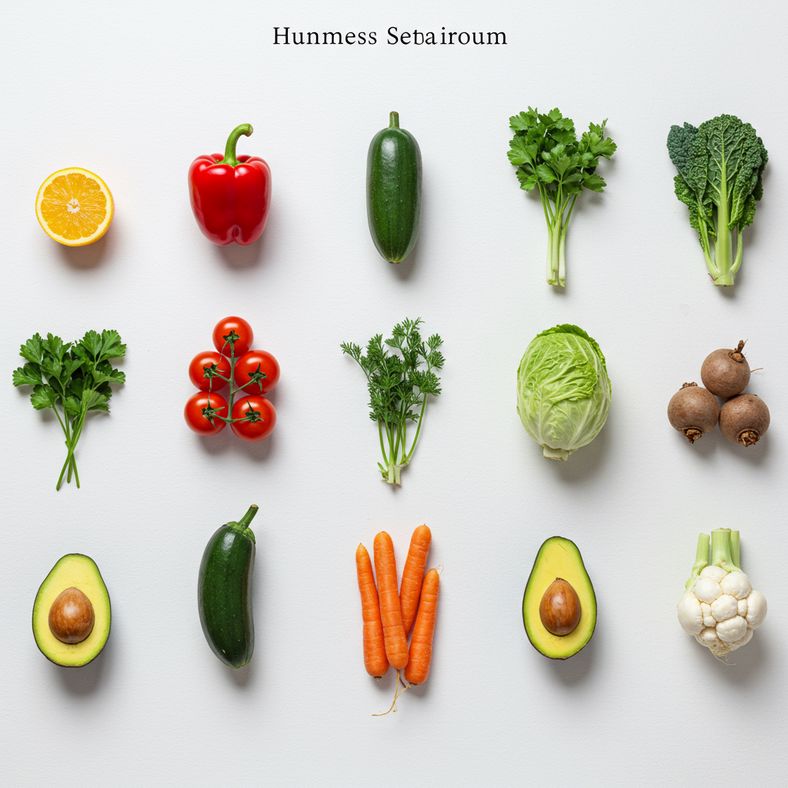
Understanding when your July sowings will be ready helps with meal planning and ensures you make the most of your harvest window.
August-September Harvests
Ready in 4-6 weeks:
- Radishes - Multiple varieties for continuous harvest
- Early lettuce varieties
- Baby spinach leaves
- First French bean pods
October-November Harvests
Ready in 8-12 weeks:
- Turnip roots and greens
- Pak choi heads
- Florence fennel bulbs
- Young kale leaves
- Swiss chard stems and leaves
December-February Harvests
Ready in 16-20 weeks:
- Winter cabbage heads
- Mature kale for hearty winter meals
- Stored carrots
- Perpetual spinach continuous harvest
March-May Harvests
Extended season crops:
- Overwintered Swiss chard
- Spring kale shoots
- Late winter lettuce under protection
- Fresh perpetual spinach growth
Troubleshooting Common July Growing Problems
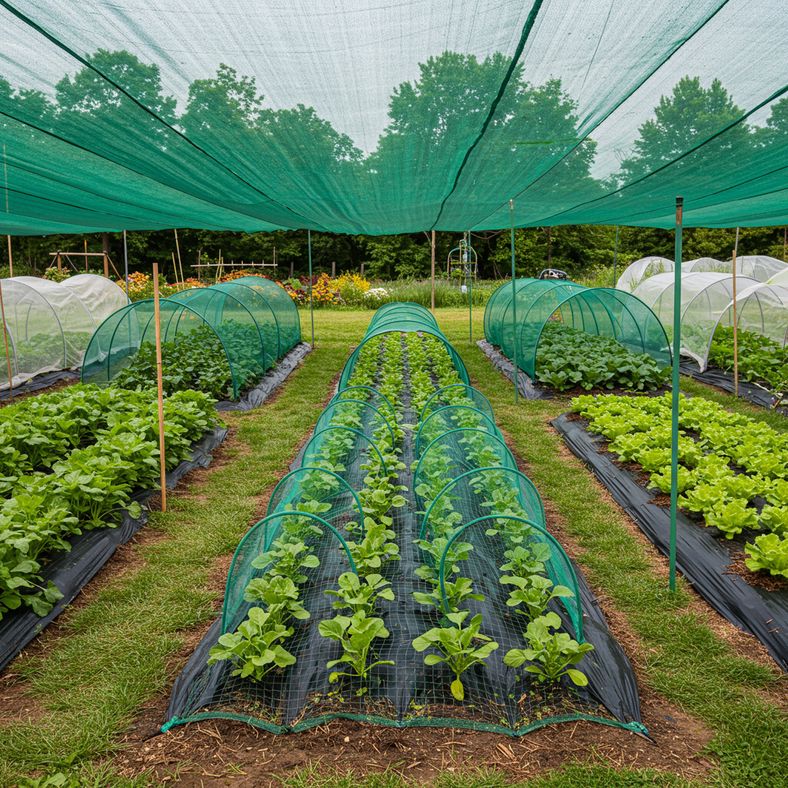
July growing presents unique challenges that can catch even experienced gardeners off guard. Here's how to overcome the most common issues.
Bolting in Hot Weather
Many crops, particularly lettuce and spinach, may bolt (go to seed) prematurely in hot weather. Choose bolt-resistant varieties and provide afternoon shade. If plants do bolt, harvest immediately as the leaves will become bitter.
Poor Germination in Dry Soil
Seeds need consistent moisture to germinate. If your soil dries out quickly, consider starting seeds in modules in a shaded area before transplanting. Keep seed beds constantly moist until germination occurs.
Pest Pressure on Young Plants
Flea beetles can devastate young brassica seedlings. Use fine mesh covers immediately after sowing and keep them in place until plants are well-established. Slugs and snails are also active in warm weather - use beer traps or copper barriers around vulnerable crops.
Transplant Shock
Moving young plants in hot weather can cause severe stress. Transplant in the evening and provide shade for the first few days. Water thoroughly before and after transplanting.
For crops like tomatoes that you may be feeding now, the Levington Tomorite Liquid Tomato Feed provides the high potash nutrition needed for fruit development and can also benefit other fruiting crops you're growing alongside your July sowings.
Planning Your Succession Planting Strategy
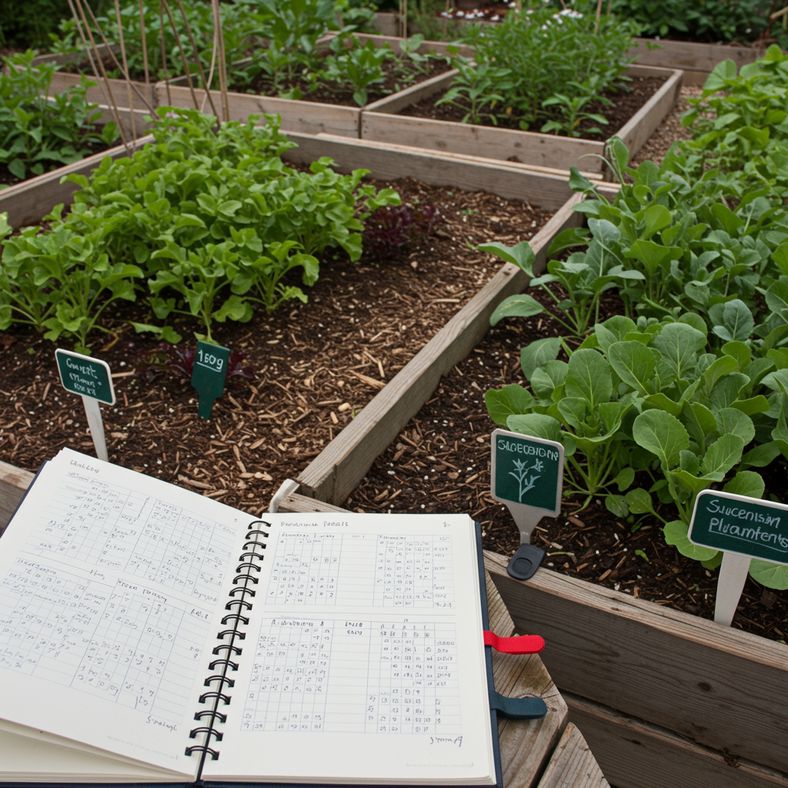
The key to year-round fresh vegetables lies in succession planting - sowing small amounts regularly rather than everything at once.
Weekly Sowings for Continuous Harvest
For crops like lettuce and radishes, sow a short row every week through July and into August. This ensures you have fresh produce ready continuously rather than a glut followed by a gap.
Staggered Plantings for Different Uses
Plant some crops for immediate use (baby leaves) and others for storage (large roots). This maximizes both fresh eating and preservation opportunities.
Space Management
As early crops finish, immediately prepare the soil and plant your July sowings in the same space. This intensive approach maximizes productivity from limited garden space.
Planning for Protection
Consider what protection your winter crops will need. Plan the placement of cold frames, cloches, or polytunnels now while you're planting, not when the weather turns cold.
If you have lawn areas that could be converted to growing space, the Pronto Seed Premium Grass Seed can help you establish or repair lawn areas that aren't needed for vegetable production.